Sandro Rama Fiorini
Managing Machine Learning Workflow Components
Dec 10, 2019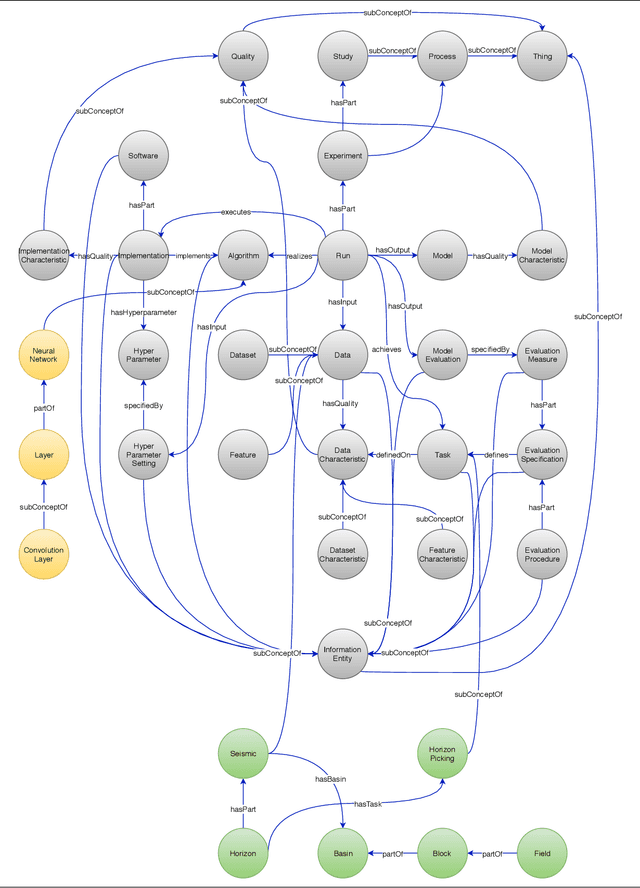
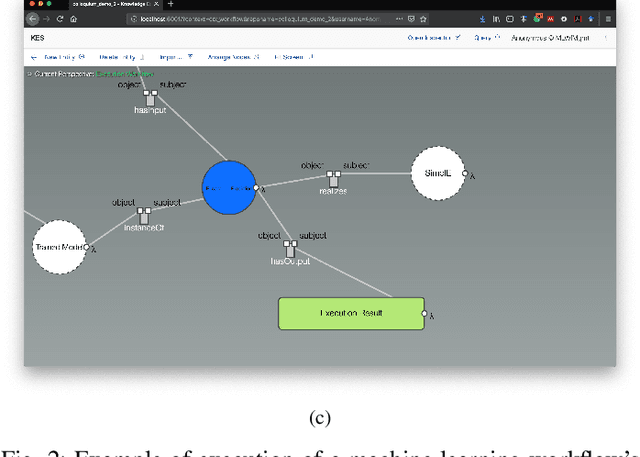
Abstract:Machine Learning Workflows~(MLWfs) have become essential and a disruptive approach in problem-solving over several industries. However, the development process of MLWfs may be complicated, hard to achieve, time-consuming, and error-prone. To handle this problem, in this paper, we introduce \emph{machine learning workflow management}~(MLWfM) as a technique to aid the development and reuse of MLWfs and their components through three aspects: representation, execution, and creation. More precisely, we discuss our approach to structure the MLWfs' components and their metadata to aid retrieval and reuse of components in new MLWfs. Also, we consider the execution of these components within a tool. The hybrid knowledge representation, called Hyperknowledge, frames our methodology, supporting the three MLWfM's aspects. To validate our approach, we show a practical use case in the Oil \& Gas industry.
Multimedia Search and Temporal Reasoning
Nov 19, 2019
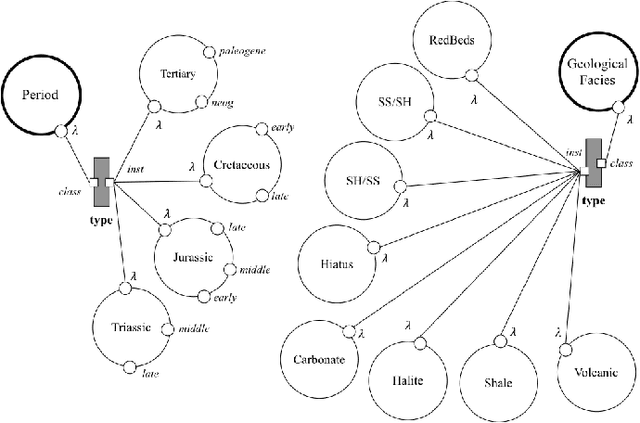


Abstract:Properly modelling dynamic information that changes over time still is an open issue. Most modern knowledge bases are unable to represent relationships that are valid only during a given time interval. In this work, we revisit a previous extension to the hyperknowledge framework to deal with temporal facts and propose a temporal query language and engine. We validate our proposal by discussing a qualitative analysis of the modelling of a real-world use case in the Oil & Gas industry.
General Fragment Model for Information Artifacts
Sep 09, 2019
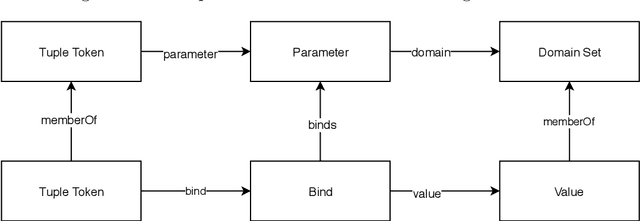

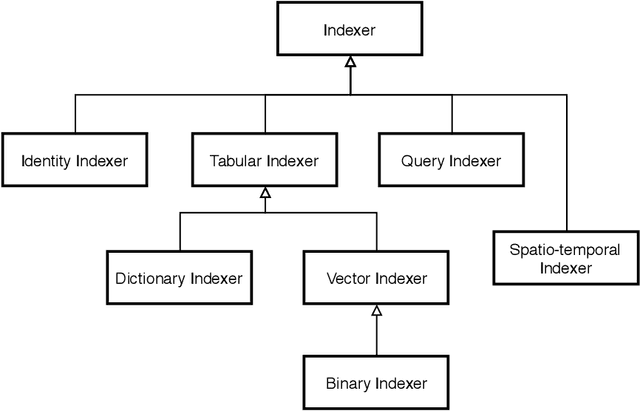
Abstract:The use of semantic descriptions in data intensive domains require a systematic model for linking semantic descriptions with their manifestations in fragments of heterogeneous information and data objects. Such information heterogeneity requires a fragment model that is general enough to support the specification of anchors from conceptual models to multiple types of information artifacts. While diverse proposals of anchoring models exist in the literature, they are usually focused in audiovisual information. We propose a generalized fragment model that can be instantiated to different kinds of information artifacts. Our objective is to systematize the way in which fragments and anchors can be described in conceptual models, without committing to a specific vocabulary.
 Add to Chrome
Add to Chrome Add to Firefox
Add to Firefox Add to Edge
Add to Edge